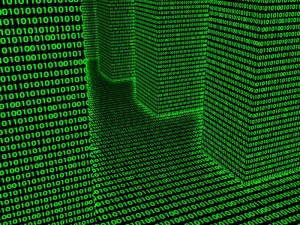When the internet came along, it transformed our relationship to big data – unleashing innovation, markets and, yes, funny dog videos at a global scale. “Big data” is all the rage these days in the energy sector, as investors, utilities and consumers wake up to what smart use of data can do for them.
A few weeks ago, I posted about Clean Heat – a project in which organizing data about buildings attracted nearly $100 million to finance upgrades to cleaner heating systems. If we can cut soot pollution from heating oil in New York City 50% by 2013 with the power of open data … what opportunities might be out there at even bigger scales?
This week, EDF teamed up with the White House, Google and HonestBuildings to pull together a “data jam” at Google’s New York City headquarters in the impossibly hip meatpacking district of Manhattan. Todd Park, U.S. Chief Technology Officer, kicked of a brainstorm among tech entrepreneurs, energy experts, finance whizzes, web designers and government agencies, to answer this question: if government makes its energy data open and computer-friendly, what could entrepreneurs invent to “improve energy outcomes for families and businesses?”
For six hours, we divided up into teams and jammed on this question, inspired by the extraordinary public data sets squirreled away in federal, state and city agencies on topics from energy efficiency to power plant pollution, electricity markets, transportation and health. The jam session generated at least ten great ideas, ranging from consumer energy apps to ways to save money on your commute. Teams are coalescing around these ideas – and similar ideas developed earlier this year at a similar data jam at Stanford. The goal is to turn the most promising ones into prototypes over the next 90 days.
Whether any of these ideas make it to market, it’s too early to tell. But if this group can generate so many prototype-worthy ideas in one afternoon, imagine what could happen if consumers, students, entrepreneurs, businesses and families across the country were empowered to harness “big data” to find the best ways to save money, cut pollution and improve quality of life?
It worked for the internet. It worked for smart phones. Now let’s see if it can work for energy and pollution. I’m hoping to be back in 90 days to tell you about the great idea the folks in my sub-group are developing to increase investor confidence in energy efficiency. Stay tuned.










